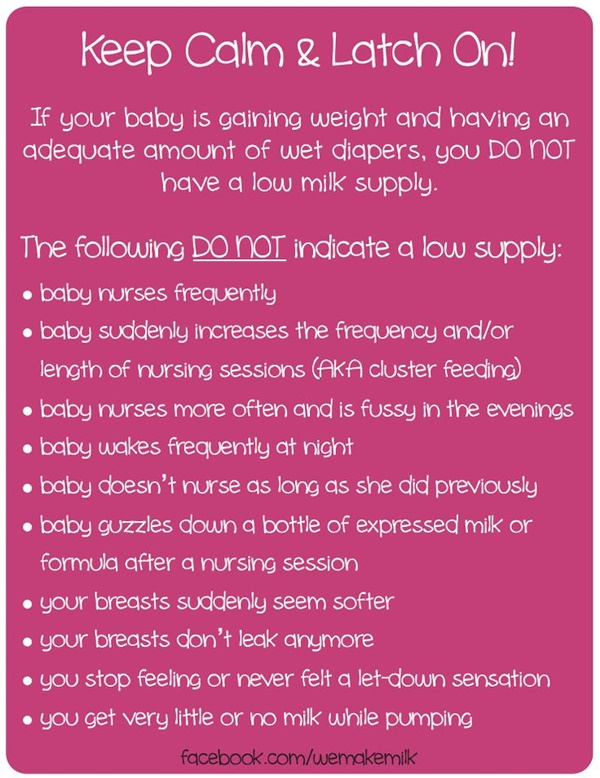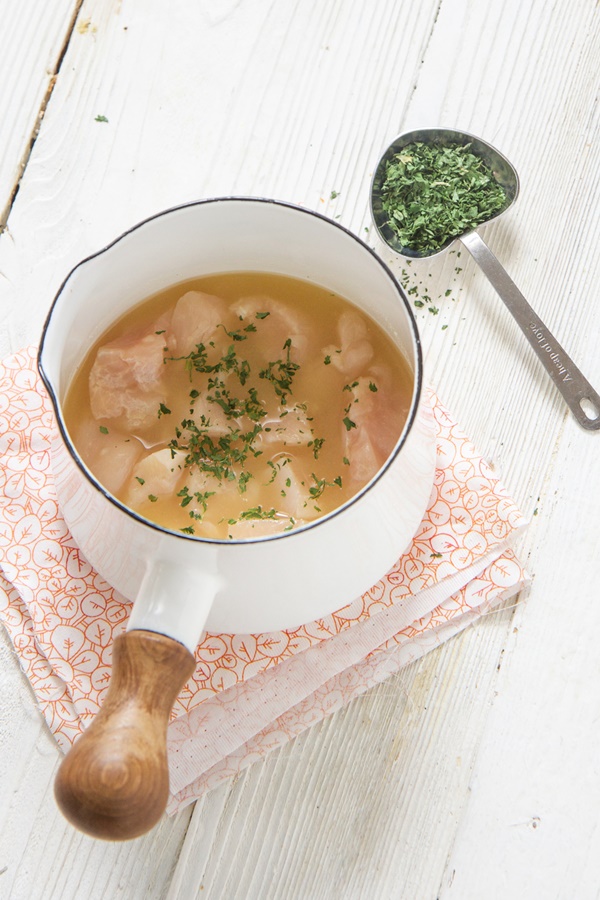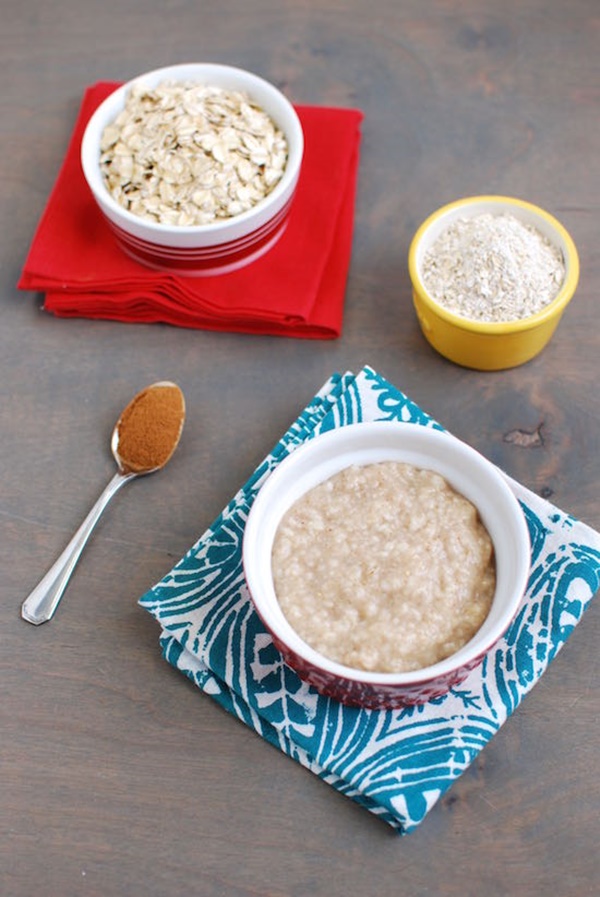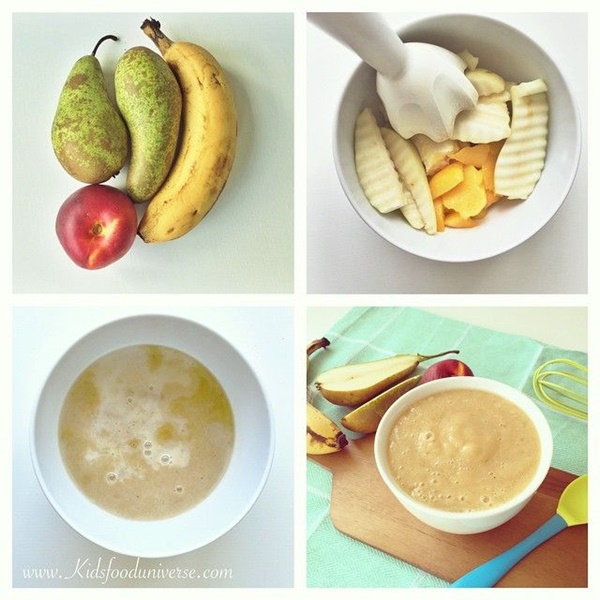Infant Feeding Chart and Guide for Different Age Groups
The little guest just came into your world must have taken all your time and mind (But don’t forget to buy the set of essential things before the baby is Born.) From now on, You must be getting worried for each and every aspect about the little angel. Feeding pattern and list of things you can feed is the most prominent concern in parents. We know how much worried you would be getting with the feeding pattern and quantity. It is recommended to consult a doctor before starting solid food for your cherub. Here are the common Infant Feeding Chart and Guide you can follow. The quantity of food you should feed may vary according to your baby’s appetite. Note down the feeding chart to get assistance while deciding food for your baby.
Infant Feeding Chart and Guide
For infants of 0-4 months
With those little hands and feet, your baby is still growing from inside to develop internal systems. Baby’s digestive system development is in progress and it is strictly recommended to feed breast milk or formula only. According to the Infant Feeding Chart and Guide, the digestive system of the infants till four months restricts intake of solid food. Hence you must stick to breast milk only.
For infants of 4-6 months
Notice your baby’s growth and see if your baby can hold head up when kept on the highchair. He should also be able to hold his mouth around the feeding spoon. It is also necessary to record double weight gain from birth. If you see all such developments in your cherub, you can start some solid food in the following form.
- Compulsory breast milk or Formula
- Fruits in pureed form
- Cereals in semi-liquid form
- Vegetables like potato in pureed form
- Yogurt in small amount
You can give one teaspoon of pureed cereals, fruits or vegetable twice a day. Start with one tablespoon of the pureed form of fruits and vegetables along with four to five tablespoon of breast milk. You can introduce food in any order as you want. If your baby refuses for the first time, you can try feeding that food again after 4 to 5 days.
For infants of 6-8months
Notice same signs as you record for 4 to six months to start solid food for six to eight month. Start iron-fortified cereals in pureed form from the sixth month. A pureed form of fruits like banana, peach, avocado, and pears can also be introduced to infants of six to eight-month age. With the consult of a doctor, you can also start pureed chicken and meat. You can give 3 to four tablespoon of cereals two to three times a day.
Infant Feeding Chart and Guide recommends starting feeding one teaspoon of pureed fruits and vegetables which can then be increased to 3 to 4 teaspoon gradually. Pureed legumes and yogurt can also be introduced in a small amount. Follow doctor’s advice before introducing solid foods to infants. Introduce only one food at a time. You can span 3 to 4 days before introducing another solid food.
For infants of 8-10 months
In addition to signs of 6 to 8 month, you can notice whether your baby is able to pick up the tablespoon on his own. This is to confirm if baby can grasp things with his thumb and fingers or not. You will also notice that your angel puts everything in the mouth he can grab in 8 to 10 months. Babies who can easily move their jaws to eat food are completely ready for finger and solid food introduction.
Keep on feeding breast milk or Formula to your baby. You can start iron-fortified cereals ¼ to ½ cup in a day. you can also give a ¾ cup of fruit along with ¾ cup of vegetables. Never miss protein-rich food items 3 to 4 tablespoon a day for healthy growth of your baby.
Check this too: 10 Sentences that’ll change your kid’s life in a Positive way.
For infants of 10-12 months
You can now see little teeth coming down in the cute mouth. Baby is now more trained to swallow food without throwing it out with his tongue. Start 1/3 cup of dairy food items. You should still continue breast milk or formula for your baby. Infant Feeding Chart and Guide recommends one cup of fruit and vegetables each in a day. Keep on feeding the cereals and protein-rich food items also.
It is advised by doctors and experts that whenever you introduce new food item to your baby, you must wait for at least three days before jumping to another food item. Always give one food at a time while introducing it for the first time. You can also note down the food item introduced to your baby so that you can keep the track of food item your baby may have an allergy off. Above Infant Feeding Chart and Guide will be helpful for you to keep your baby’s tummy full and make him healthy and smart.












